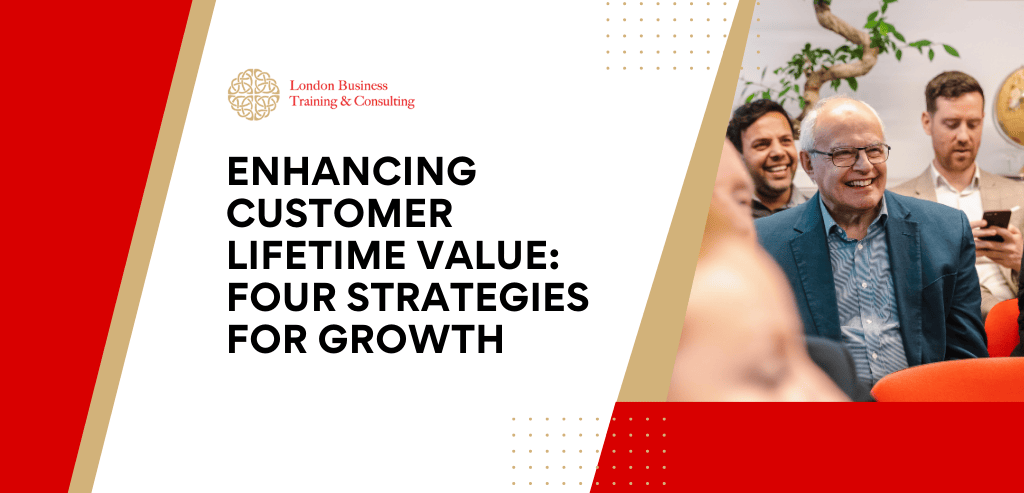
Customer lifetime value (CLV) has been a focus among marketing leaders, according to CMSwire’s 2023 CMO poll. As a matter of fact, “CLV rising in importance” was cited as one of the critical ways marketing leadership is changing.
In a previous article, we defined CLV and discussed why marketing executives should use it as a guiding metric. Here, we’ll take the next step, providing advice and tactics that will assist you in influencing this critical metric.
Consider these four strategies to raise customer lifetime value
These days, staying ahead of the competition entails implementing creative tactics to maintain client engagement and encourage loyalty. By focusing on CLV, your company will be better able to spot opportunities to give your customers more value. By doing this, you can develop revenue sources that are more dependable and long-lasting.
Here are four tactics to consider to emphasise CLV at your company.
Smarter audience qualification
To increase CLV, pursuing prospects likely to become customers and long-term customers is the first and most intuitive move. And while these long-lasting client relationships are excellent, your ideal customer profile should accurately reflect them.
The inputs are the same for both historical and forecast models when calculating CLV:
Analysing the inputs of CLV, including average customer lifespan and customer value, is the first step in more intelligently qualifying audiences. The ones to consider asking are:
What are the observable distinctions between consumers with high and low lifespans?
What characteristics of consumers with short lifespans can we identify and try to prevent in the future?
What distinguishing characteristics of customers with a long lifespan may we emphasise while attracting or vetting potential new clients?
What traits do the clients who offer our company the least and the most value have in common?
What traits do our consumers who benefit the least and most from our business have in common?
Finding the answers to these inquiries will enable you to use your ideal client profile as a powerful tool to boost CLV. You can use LinkedIn’s targeting features to connect with people who will most likely continue to appreciate your business.
Create enduring connections with potential clients and customers.
The cost of retaining a current customer is absurdly low compared to the expense of obtaining a new one. The cost of getting a new customer is at least five times more than keeping an existing one, even by the most conservative estimations. Harvard Business Review, as a source Frederick Reichheld, the creator of the net promoter score, famously discovered that raising customer retention rates by just 5% led to an increase in earnings of 25–95%.
Because of this, it’s crucial to put prospects’ and customers’ connections first right away. Cross-selling and upselling are nothing more than sales tactics without a strong relationship. They are irritations that are more likely to drive customers away than to draw them in.
On the other hand, attempts to upsell, cross-sell, and renew are more likely to be viewed as providing excellent customer service when a relationship has been built and the consumer feels understood.
Building long-lasting connections is all about the value exchange from a marketing perspective. Every interaction must be evaluated from the perspective of the customer:
Why is the consumer concerned about this interaction right now?
What benefits does the customer receive from this interaction?
How could we increase the customer’s relevance or perceived value of this interaction?
Maintain contact following the sale.
On the other hand, after a sale is made, there are times when the extra care stops, and the client begins to feel like an afterthought.
Maintaining the relationship is a critical component of marketing. Your buyer wants reassurance that you are committed to seeing their success through, not just that you care about it after the transaction. Of course, anyone may say anything, so conveying your concern is critical.
Make CLV a top-priority key performance indicator (KPI)
Consider raising CLV as a KPI if you already track it. Because there isn’t enough long-term value when CLV is more significant than total revenues, you could be less motivated to chase prospects that don’t fit your ideal customer profile.
Sustainability is a result of using CLV as the KPI. It gives decision-makers the right to refuse short-term revenue grabs that risk undermining consumer trust. It ensures that nurture tracks and new selling possibilities are assessed following how they will impact relationships and income over the long term.
In conclusion, increasing Customer Lifetime Value (CLV) is a strategic goal for leaders in modern marketing. CLV’s growing importance emphasises its importance in determining marketing strategies and cultivating enduring client relationships. Consider enrolling in LBTC’s specialised marketing training courses to strengthen your knowledge further.

Leave a Reply